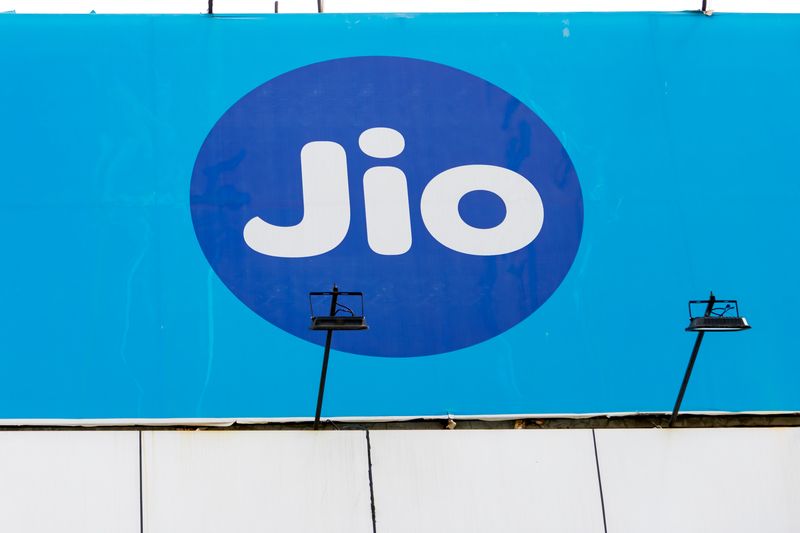India to lower the bar for big IPOs

India’s market regulator is looking to lower the minimum issue size for initial public offerings from large companies to facilitate floats from companies like Reliance Jio Platforms and National Stock Exchange of India.
The Securities and Exchange Board of India has proposed that companies with a market capitalisation of more than Rs5trn (US$57.2bn) be allowed to sell a minimum 2.5% of their paid-up share capital instead of the current 5%.
In a consultation paper published on Monday, the regulator said stakeholder feedback indicates that the current threshold puts the bar very high for large issuers and can make the size of their IPOs difficult for the market to absorb, thus potentially deterring them from considering a listing in India.
Telecoms and digital company Jio was last valued at US$120bn and India's largest stock exchange NSE at US$60bn, according to analysts, so that a 5% minimum free-float would translate into IPOs of US$6bn and US$3bn, respectively. Both companies are planning to conduct IPOs next year. Kotak and Morgan Stanley are close to the Jio IPO.
India's largest IPO to date was that of Hyundai Motor India for US$3.3bn in October. The country's second-largest IPO, Life Insurance Corporation of India's US$2.7bn float in May 2022, only went ahead after Sebi made a special exception to the minimum free-float rule, allowing the government to sell only 3.5% of the company.
Market participants said multibillion dollar IPOs are difficult to execute, even in a bullish market, as 50% of any IPO of a profit-making company is allocated to high-net-worth and retail investors in India.
"This is a welcome proposal. The average IPO size in India has increased over the years and the offering can be managed better if there is an option to offer a lesser amount," said Sandip Bhagat, a partner at law firm S&R Associates.
“Sebi’s proposals seem designed to increase structural flexibility for issuers and shareholders considering an IPO and fit into the general themes of IPO reforms that are playing out across the globe," said Amit Singh, capital markets partner and head of India group at law firm Linklaters.
"Although these specific initiatives alone are only one piece of the overall puzzle, India is clearly being thoughtful and intentional in raising its profile and attractiveness and is sending a clear signal that it is ready to compete with other global markets as a listing venue, and the reforms will give shareholders more avenues when looking at the jurisdiction."
Citigroup said in a research report that Jio's potential IPO would benefit from the Sebi proposals.
Citigroup is valuing Jio at an enterprise value of US$135bn and an equity valuation of US$120bn. "A 2.5% threshold will reduce the equity supply to US$3bn and will not only reduce the supply overhang during the IPO but also reduce the holding company discount for [parent company] Reliance Industries."
Retail burden
Nevertheless, the regulator has also withdrawn an earlier proposal to restrict the retail investor quota in IPOs exceeding Rs50bn to 25%, saying it would retain the current minimum requirement of 35%.
"Retail investors want a listing pop and can be swayed by any negative news on the company during the IPO. In a large IPO, retail investors usually end up getting their allocations and there is very little follow-up demand especially when the shares don't have a positive listing," a Mumbai-based ECM banker said.
In recent years many billion dollar-plus IPOs of companies such as Hyundai Motor India, LIC, One 97 Communications (Paytm) and HDB Financial Services have traded below their respective IPO prices.
"On the one hand, Indian issuers have not understood that large floats need huge discounts and, on the other, the regulator is not willing to cut the allocations to retail investors. A reduced float is the only compromise that works for all," a Mumbai-based fund manager said.
Additionally, Sebi proposed easing timelines for issuers to meet minimum public float requirements. Issuers with a post-listing market capitalisation of Rs500bn to Rs1trn would have five years to reach a 25% public shareholding instead of the current three years. Issuers with a post-listing market cap of more than Rs1trn would have up to 10 years to comply.
At the time of the 2022 LIC IPO, Sebi allowed the company to attain a 10% free-float by May 2024 and 25% by 2027. Subsequently it extended the deadlines to 2027 and 2032, meaning the government needs to sell a further 6.5% of shares by May 2027. LIC shares are trading around 6% below the issue price.
"A longer time period to meet the minimum public shareholding requirements helps profitable companies that may not need additional capital in a short period of time, or [when] market conditions are not favourable for the company or its promoters to meet the MPS requirements through the means permitted by the regulator," Bhagat said.
Companies and shareholders may want to list to increase public visibility, raise funds for a specific purpose or lock in attractive public market valuations, said Joseph Wolpin, capital markets counsel at Linklaters, while ensuring a broad distribution of shares could be a lower priority.
"Free-float and minimum capital raising requirements generally are designed to promote liquidity in a stock post-IPO, help ensure that public investors have a meaningful voice in the company’s affairs and disincentivise an IPO from becoming a simple 'cash out' for shareholders," said Wolpin.
The regulator has invited public comments on the plans by September 8.





